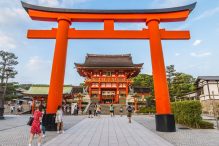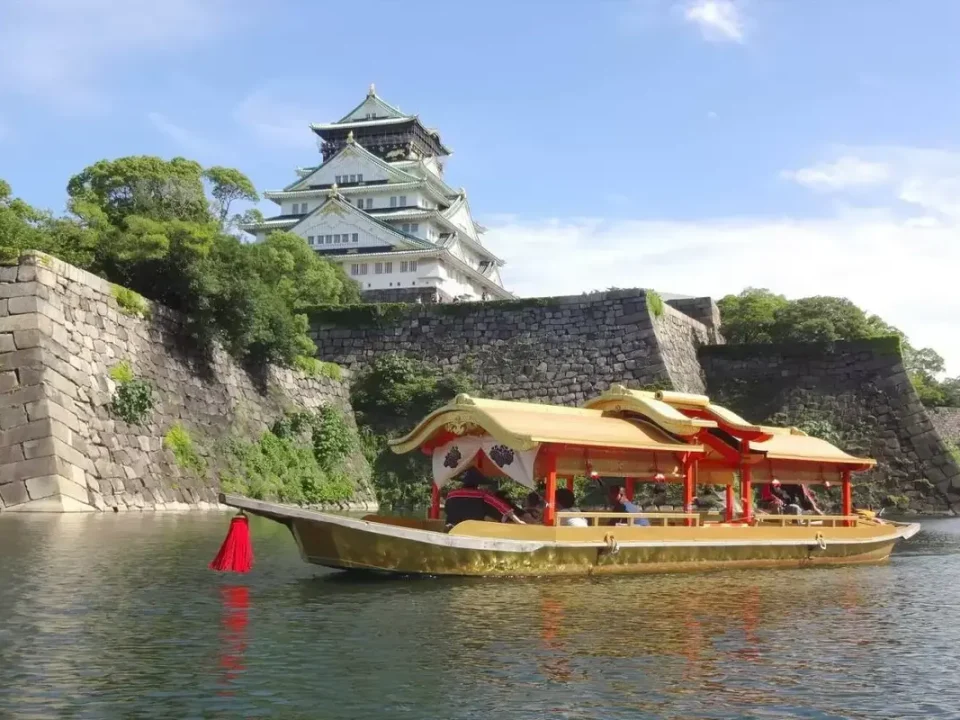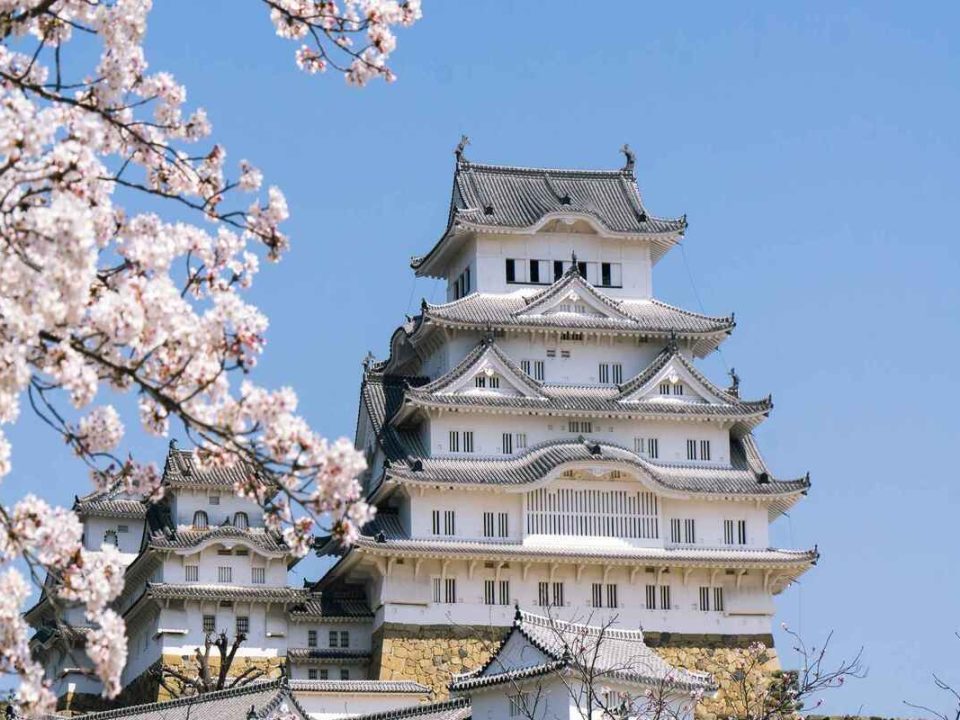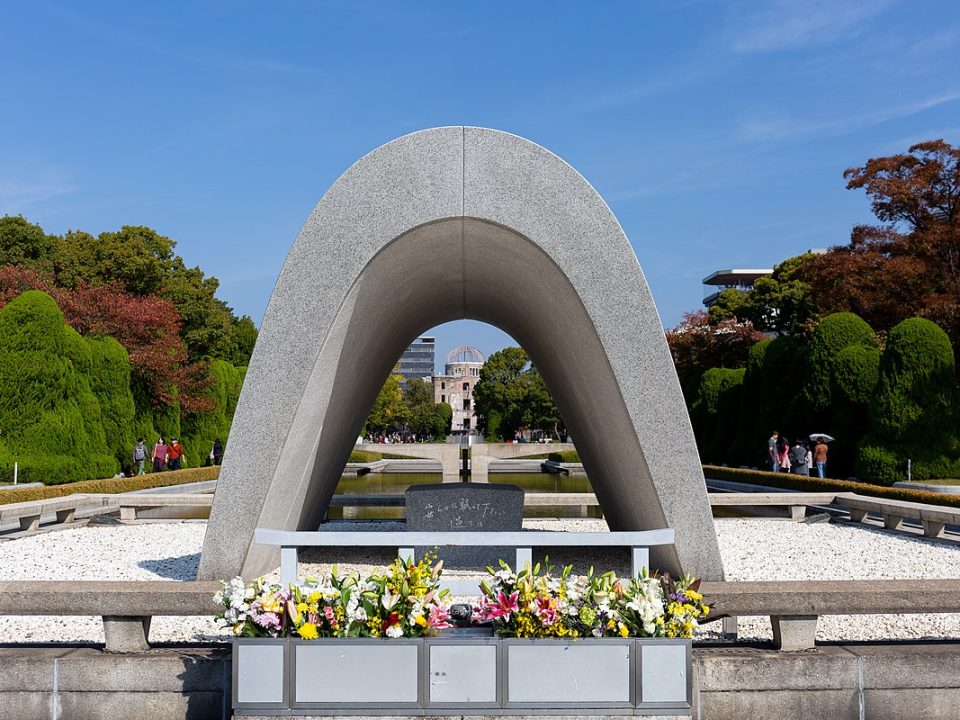Kyoto’s Temples: A Journey Through Japan’s Spiritual Heart
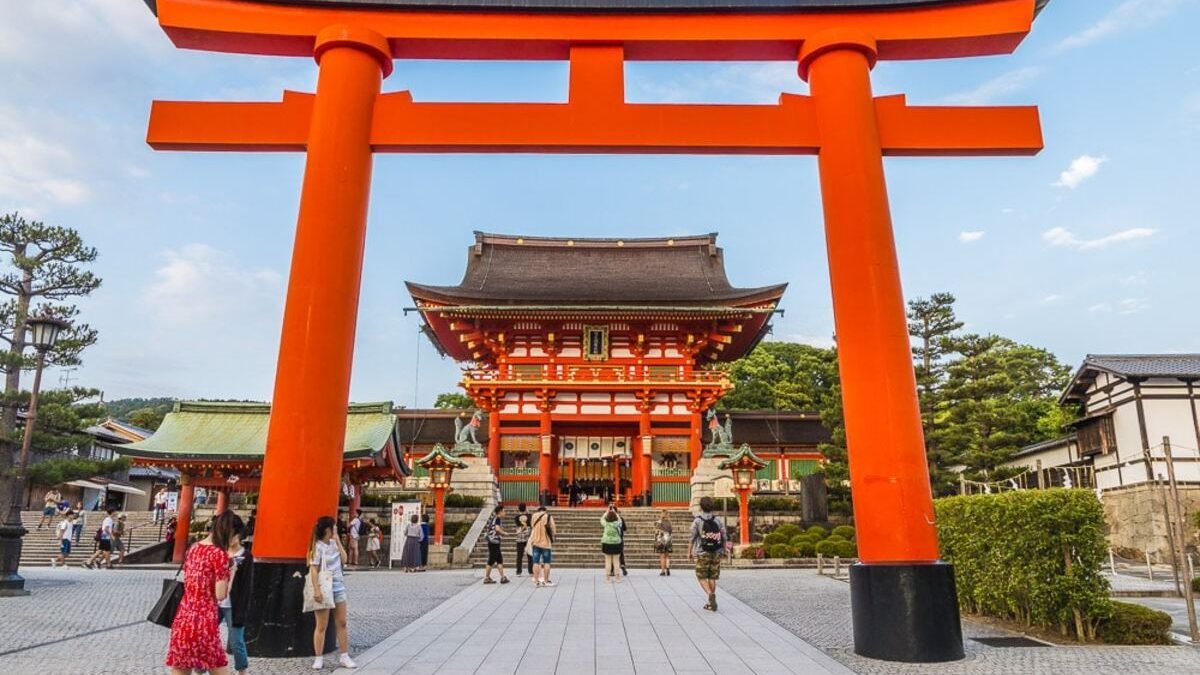
Kyoto’s Temples: A Journey Through Japan’s Spiritual Heart
Kyoto, Japan’s ancient capital, is home to over 1,600 temples, making it a treasure trove of historical, cultural, and spiritual significance. These temples, ranging from grand complexes to secluded retreats, offer a glimpse into Japan’s rich religious heritage and architectural beauty. This comprehensive guide explores the most iconic temples in Kyoto, providing tourists with detailed information to plan an enriching visit. We delve into the history, architecture, cultural importance, and practical tips for exploring these sacred sites.
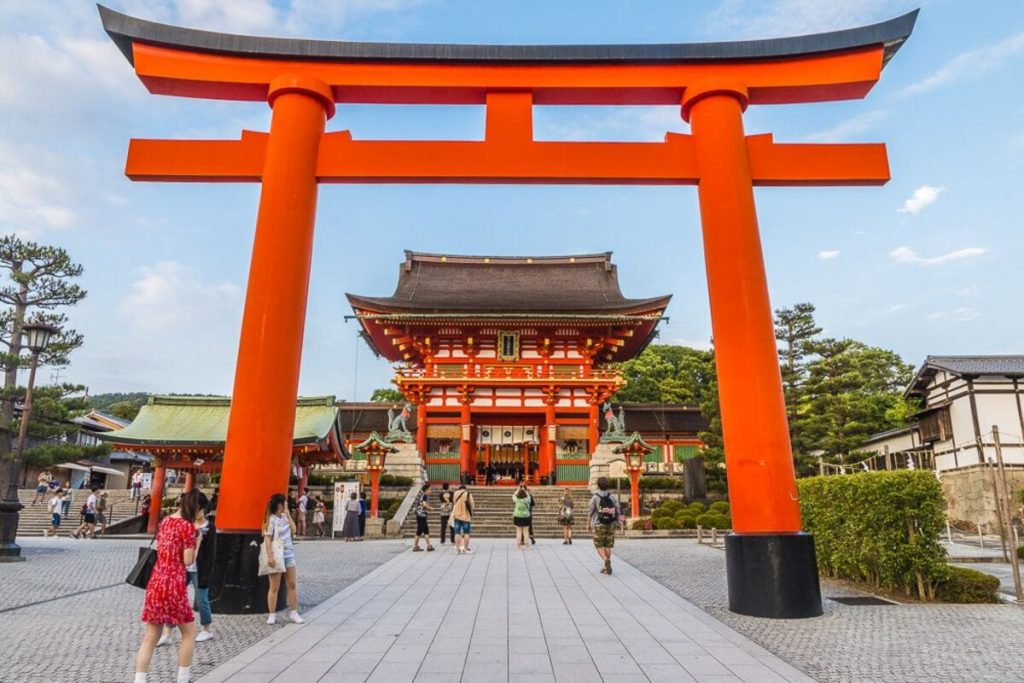
Historical and Cultural Significance
Ancient Capital: Kyoto served as Japan’s capital for over a millennium, from 794 to 1868. During this time, it became the cultural and religious heart of Japan. The city’s temples played a crucial role in shaping Japanese Buddhism and preserving cultural traditions.
Buddhism in Japan: Buddhism was introduced to Japan in the 6th century and quickly gained prominence. Kyoto, as the capital, became a center for Buddhist learning and practice. Temples were built to house sacred relics, conduct rituals, and provide places for meditation and study.
UNESCO World Heritage Sites: Many of Kyoto’s temples are part of the UNESCO World Heritage Site known as the “Historic Monuments of Ancient Kyoto.” This designation underscores their global cultural significance and ensures their preservation for future generations.
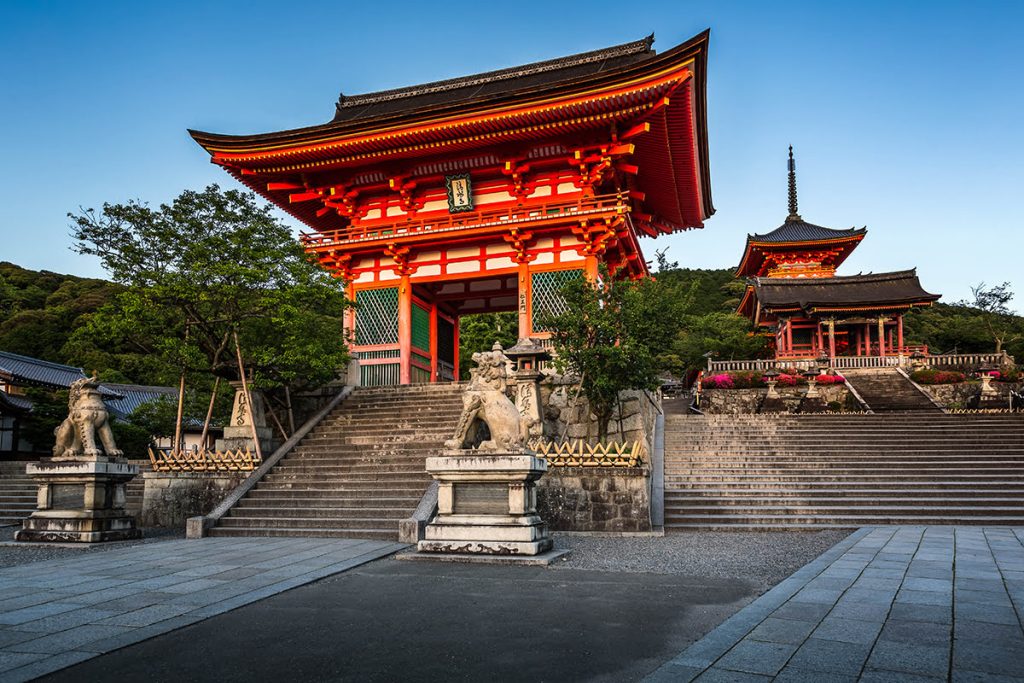
Iconic Temples in Kyoto
Kinkaku-ji (Golden Pavilion): Kinkaku-ji, officially known as Rokuon-ji, is one of Kyoto’s most famous landmarks. This Zen Buddhist temple is renowned for its stunning golden exterior and serene surroundings.
- History: Originally built in 1397 as a retirement villa for the shogun Ashikaga Yoshimitsu, it was converted into a temple after his death. The current structure dates from 1955, following a fire in 1950.
- Architecture: The temple’s top two floors are covered in gold leaf, creating a shimmering effect that reflects beautifully in the surrounding pond. The ground floor is built in the Shinden style, reminiscent of Heian-period aristocratic residences.
- Garden: The temple is set within a meticulously maintained Japanese strolling garden, featuring a large pond, islands, and carefully placed rocks and trees. The garden is designed to reflect the beauty of each season.
Ginkaku-ji (Silver Pavilion): Ginkaku-ji, officially known as Jisho-ji, is another iconic Zen temple. Although it was never covered in silver as intended, its elegant simplicity has captivated visitors for centuries.
- History: Built in 1482 by Ashikaga Yoshimasa as a retirement villa, it was converted into a temple after his death. The pavilion reflects Yoshimasa’s appreciation for art and culture, particularly the aesthetic of wabi-sabi (beauty in simplicity and imperfection).
- Architecture: The Silver Pavilion is a two-story structure with a thatched roof. The ground floor, known as the Shinkuden, is built in the Shoin style, while the upper floor, known as the Choondo, resembles a Chinese temple.
- Garden: The temple grounds include a beautiful moss garden and a unique dry sand garden featuring the “Sea of Silver Sand” and the “Moon Viewing Platform,” meticulously raked to perfection.
Kiyomizu-dera: Kiyomizu-dera, or the “Pure Water Temple,” is a historic temple famous for its wooden stage that offers panoramic views of Kyoto.
- History: Founded in 778, Kiyomizu-dera has been reconstructed several times over the centuries. It is dedicated to Kannon, the goddess of mercy, and is part of the Historic Monuments of Ancient Kyoto UNESCO World Heritage Site.
- Architecture: The main hall (Hondo) features a large veranda supported by hundreds of wooden pillars, extending over the hillside. The hall’s construction without the use of nails is a remarkable feat of traditional Japanese carpentry.
- Otowa Waterfall: The temple is named after the Otowa Waterfall, whose waters are divided into three streams. Visitors drink from these streams for health, longevity, and success in studies.
Fushimi Inari Taisha: Fushimi Inari Taisha is one of Japan’s most important Shinto shrines, dedicated to Inari, the god of rice, prosperity, and business. It is famous for its thousands of vermilion torii gates.
- History: The shrine was established in 711 and became the head shrine for over 30,000 Inari shrines across Japan. It has been a center of worship for centuries, especially for merchants and tradespeople.
- Architecture: The main shrine buildings are located at the base of Mount Inari. The most iconic feature is the Senbon Torii, a path lined with thousands of torii gates donated by worshippers.
- Mount Inari: The shrine complex includes a network of trails leading up Mount Inari, dotted with smaller shrines and statues of foxes, the messengers of Inari. The hike to the summit offers beautiful views of Kyoto.
Ryoan-ji: Ryoan-ji is a Zen temple renowned for its rock garden, considered one of the finest examples of kare-sansui (dry landscape) gardens in Japan.
- History: Founded in 1450 by a member of the Hosokawa clan, Ryoan-ji has been associated with the Zen sect of Buddhism. The rock garden was likely created in the late 15th century.
- Rock Garden: The garden consists of 15 rocks placed on a bed of white gravel, raked daily by the temple monks. The arrangement of the rocks is designed to promote contemplation, and from any vantage point, one rock is always hidden from view.
- Kyoyo-chi Pond: The temple grounds include Kyoyo-chi Pond, a tranquil setting surrounded by lush greenery and reflecting the beauty of each season.
Sanjusangen-do: Sanjusangen-do, officially known as Rengeo-in, is a unique temple famous for its 1,001 statues of Kannon, the goddess of mercy.
- History: Founded in 1164 by the retired Emperor Go-Shirakawa, the temple was rebuilt in 1266 after a fire. It is known for its long, narrow hall, which houses the statues.
- Architecture: The name “Sanjusangen-do” means “Hall with Thirty-Three Bays,” referring to the building’s 33 intervals between the pillars. The main hall is the longest wooden structure in Japan.
- Kannon Statues: The hall contains 1,001 life-sized statues of Kannon, each with slight variations. The central statue, a seated Thousand-Armed Kannon, is flanked by rows of standing statues.
Nanzen-ji: Nanzen-ji is a Zen temple complex located at the base of the Higashiyama mountains, known for its beautiful gardens and historic buildings.
- History: Founded in 1291 by Emperor Kameyama, Nanzen-ji became the head temple of the Rinzai sect of Zen Buddhism. It has played a significant role in the development of Japanese Zen practice.
- Sanmon Gate: The massive Sanmon Gate, built in 1628, offers panoramic views of Kyoto from its upper level. It is an important cultural property and a symbol of the temple.
- Hatto (Dharma Hall): The main hall houses important cultural assets, including a dragon painting on the ceiling. The temple grounds also feature several sub-temples, each with its own unique garden.
To-ji: To-ji, or the “East Temple,” is a Shingon Buddhist temple known for its five-story pagoda, the tallest wooden tower in Japan.
- History: Founded in 796, To-ji is one of the oldest temples in Kyoto and was designated as a guardian temple for the city. It became a center for Shingon esoteric Buddhism under the leadership of Kukai (Kobo Daishi).
- Five-Story Pagoda: The pagoda, standing at 55 meters, is an iconic landmark and a symbol of Kyoto. It has been rebuilt several times, with the current structure dating back to 1644.
- Kondo (Main Hall): The main hall houses important statues, including a seated statue of Yakushi Nyorai (Medicine Buddha), flanked by the Twelve Heavenly Generals.
Tenryu-ji: Tenryu-ji is a Zen temple located in the Arashiyama district, renowned for its beautiful garden and stunning views of the surrounding mountains.
- History: Founded in 1339 by the shogun Ashikaga Takauji in memory of Emperor Go-Daigo, Tenryu-ji is the head temple of the Tenryu-ji branch of the Rinzai sect. It has been rebuilt several times due to fires.
- Sogenchi Garden: The garden, designed by the famous garden designer Muso Soseki, is a UNESCO World Heritage Site. It features a central pond, rocks, and carefully arranged plantings that create a harmonious landscape.
- Hatto (Dharma Hall): The main hall offers views of the garden and the surrounding mountains. It houses important cultural assets and serves as a place for Zen practice.

Practical Tips for Visiting Kyoto’s Temples
Plan Your Visit: Kyoto’s temples are spread throughout the city, so it’s essential to plan your itinerary. Group temples by area to maximize your time. For example, visit Kinkaku-ji, Ryoan-ji, and Ninna-ji in the northwest, or combine Fushimi
Inari Taisha and Tofuku-ji in the southeast.
Best Time to Visit: Each season offers a different perspective of Kyoto’s temples. Spring (March to May) is ideal for cherry blossoms, while autumn (September to November) showcases vibrant foliage. Winter provides a serene, snow-covered landscape, and summer offers lush greenery.
Dress Appropriately: Respectful attire is essential when visiting temples. Wear modest clothing that covers your shoulders and knees. Comfortable walking shoes are recommended as you’ll be exploring large grounds and potentially uneven terrain.
Respect Temple Etiquette: Follow local customs and etiquette when visiting temples. Remove your shoes before entering buildings, avoid loud conversations, and refrain from touching religious artifacts. Photography may be restricted in certain areas, so look for signs or ask for permission.
Purchase a Kyoto City Bus Pass: Kyoto’s public transportation system is efficient and convenient. A Kyoto City Bus Pass allows unlimited rides on city buses for a day, making it easy to navigate between temples and other attractions.
Visit Early or Late: Popular temples can become crowded, especially during peak tourist seasons. Visit early in the morning or late in the afternoon to enjoy a more peaceful experience.
Engage in Cultural Activities: Many temples offer cultural activities such as tea ceremonies, meditation sessions, and calligraphy workshops. Participating in these activities provides a deeper understanding of Japanese culture and enhances your temple visit.
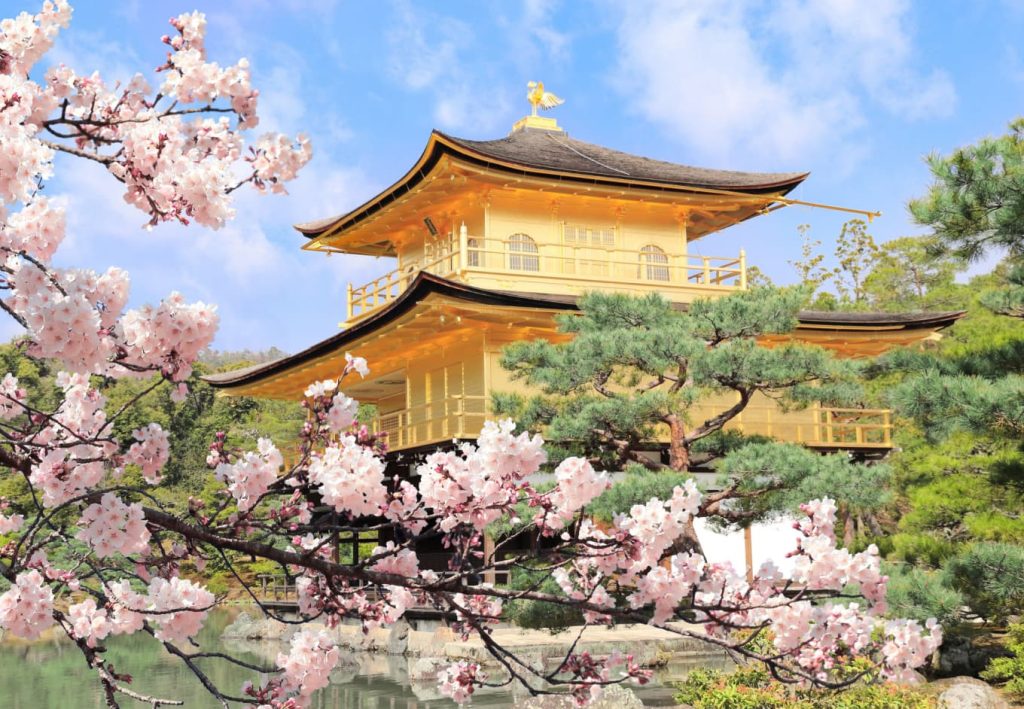
Unique Features and Charming Aspects of Kyoto’s Temples
Architectural Beauty: Kyoto’s temples showcase a variety of architectural styles, from the grandiose structures of Kinkaku-ji and Ginkaku-ji to the minimalist design of Zen temples like Ryoan-ji. Each temple reflects the aesthetic principles of its time and sect.
Gardens and Landscapes: The temple gardens of Kyoto are masterpieces of Japanese garden design. They range from the meticulously raked gravel of Zen rock gardens to lush moss gardens and serene ponds. These gardens offer a tranquil escape and a place for contemplation.
Cultural Heritage: Kyoto’s temples are living museums of Japanese culture and history. They house priceless artifacts, ancient manuscripts, and exquisite artworks that tell the story of Japan’s religious and artistic evolution.
Seasonal Beauty: Kyoto’s temples are stunning year-round, with each season bringing its own unique beauty. Spring cherry blossoms, autumn foliage, summer greenery, and winter snow create ever-changing landscapes that captivate visitors.
Spiritual Resonance: Visiting Kyoto’s temples is not just a visual experience but also a spiritual journey. The serene atmosphere, the sound of temple bells, and the scent of incense create a space for reflection and inner peace.
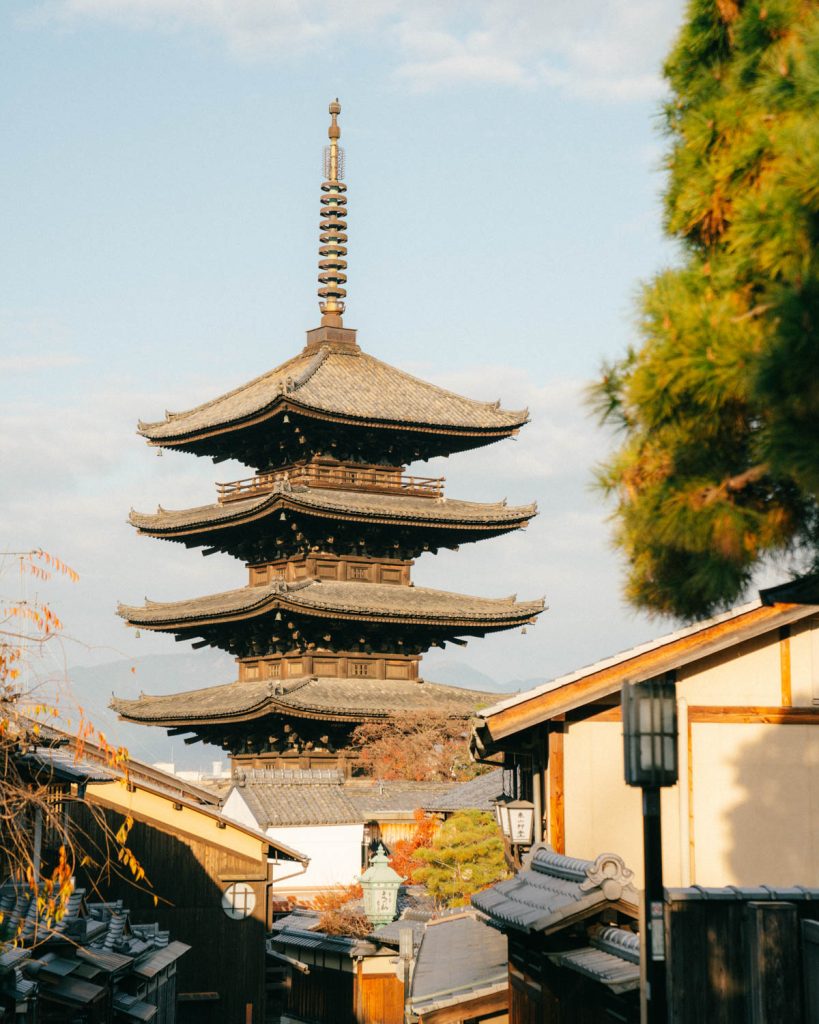
Conclusion
Kyoto, with its rich tapestry of temples, offers a profound and multifaceted experience for visitors. From the golden splendor of Kinkaku-ji and the serene rock gardens of Ryoan-ji to the vibrant torii gates of Fushimi Inari Taisha, each temple provides a unique glimpse into Japan’s cultural and spiritual heritage.
As a must-visit destination, Kyoto invites travelers to explore its sacred sites, immerse themselves in its history, and experience the tranquility and beauty that these temples offer. Whether you are seeking architectural marvels, cultural enrichment, or spiritual solace, Kyoto’s temples provide an unforgettable journey through Japan’s heart and soul.
Plan your visit to Kyoto, embrace its unique features and enchanting atmosphere, and discover why it remains one of the most beloved and iconic destinations in the world. From its stunning temples and picturesque gardens to its rich cultural heritage, Kyoto offers a magical journey into the heart of Japan.
-
Kyoto’s Temples: A Journey Through Japan’s Spiritual Heart
Kyoto’s Temples: A Journey Through Japan’s Spiritual Heart Kyoto, Japan’s ancient capital, is home to over 1,600 temples, making it a treasure trove of historical, cultural, […]
thecoins24 Bitcoin News Cryptocurrency airdrop theforex24 Forex News Aypa Group Aypa Website developer Aypa SEO
italyeducation تحصیل در ایتالیا تحصیل رایگان در ایتالیا پذیرش تحصیلی در ایتالیا دانشگاه های ایتالیا بورسیه تحصیلی ایتالیا Aypa Digital Marketing Forex Calculator

